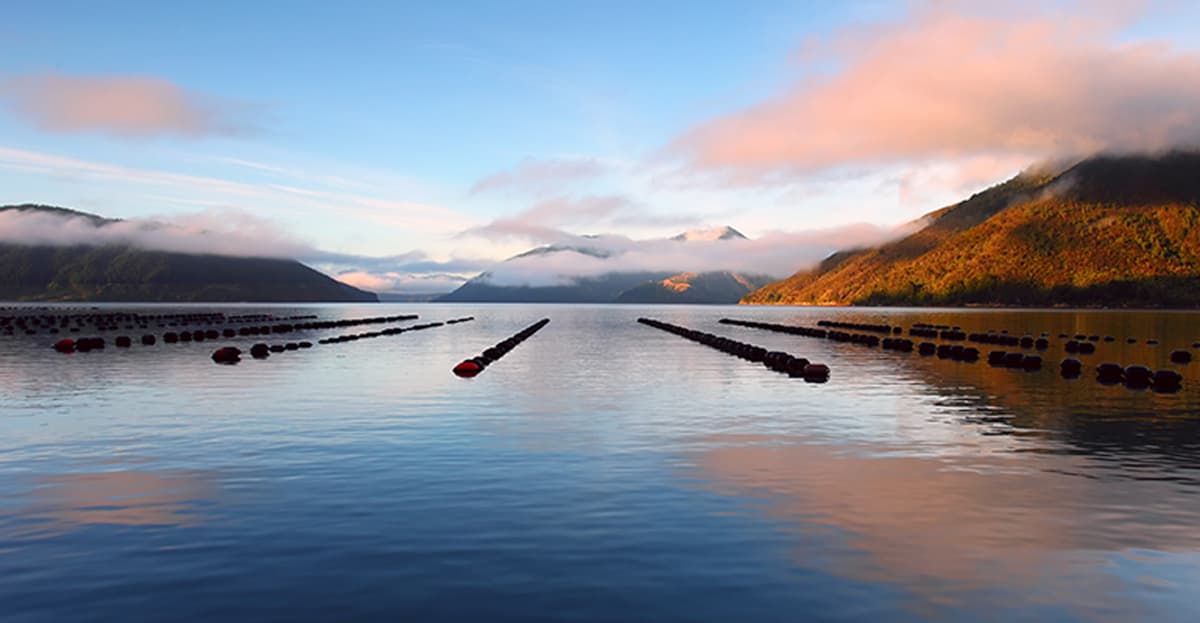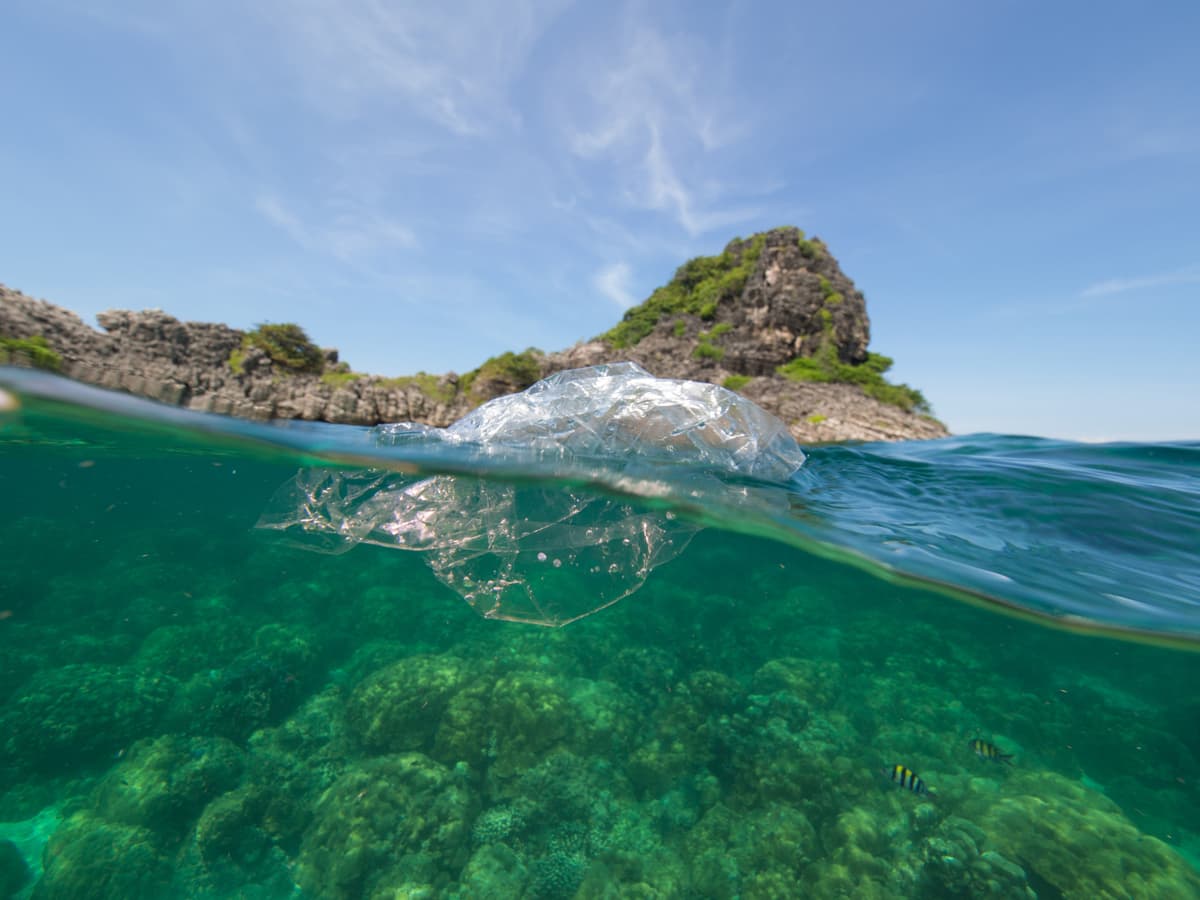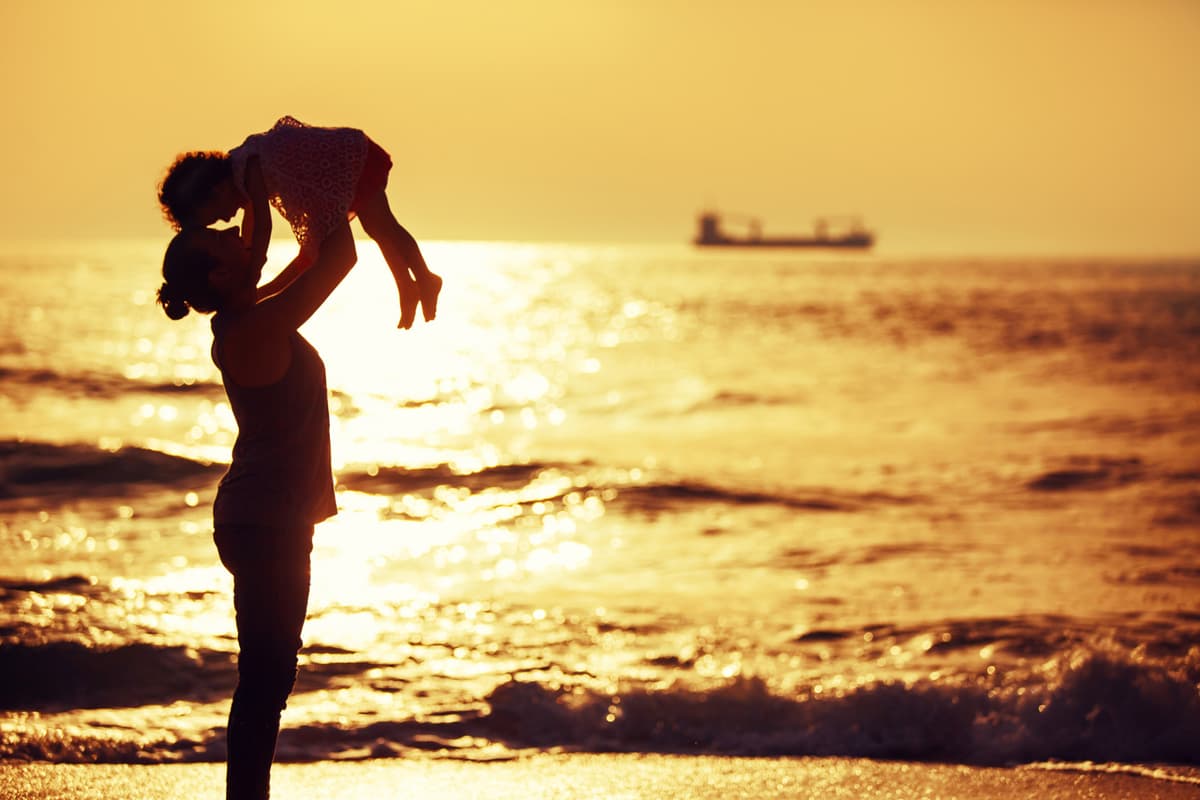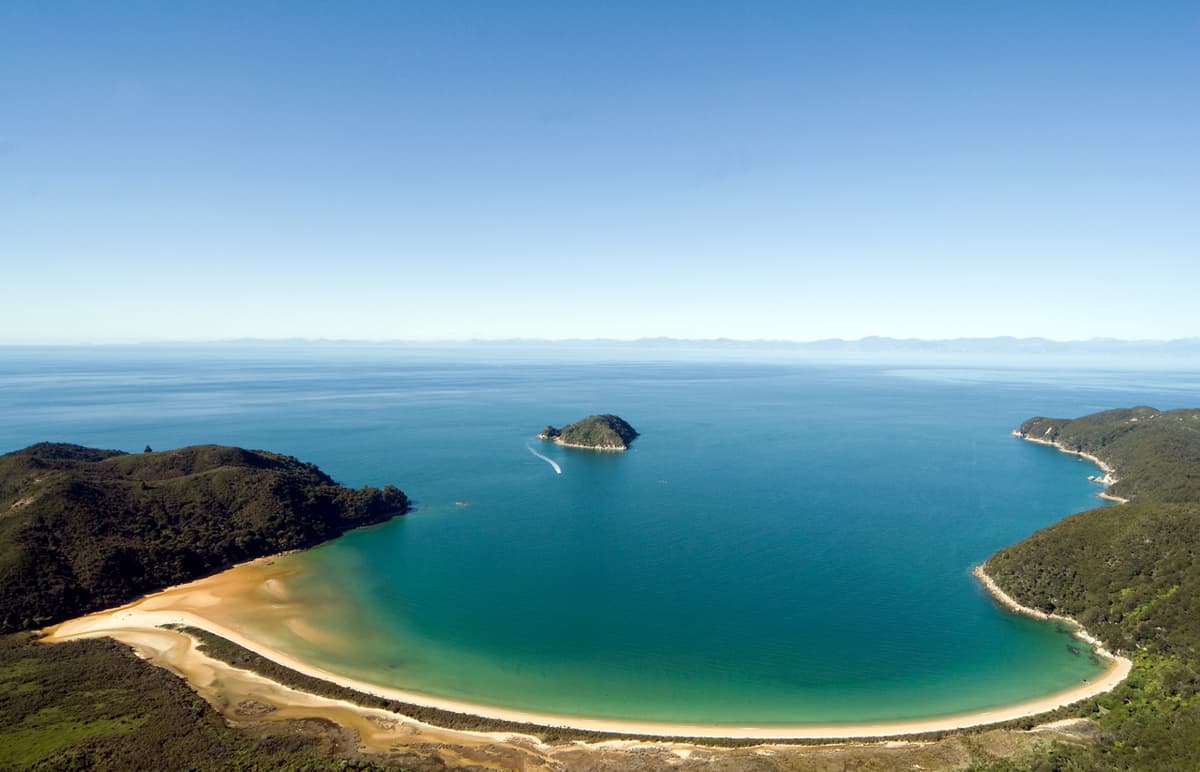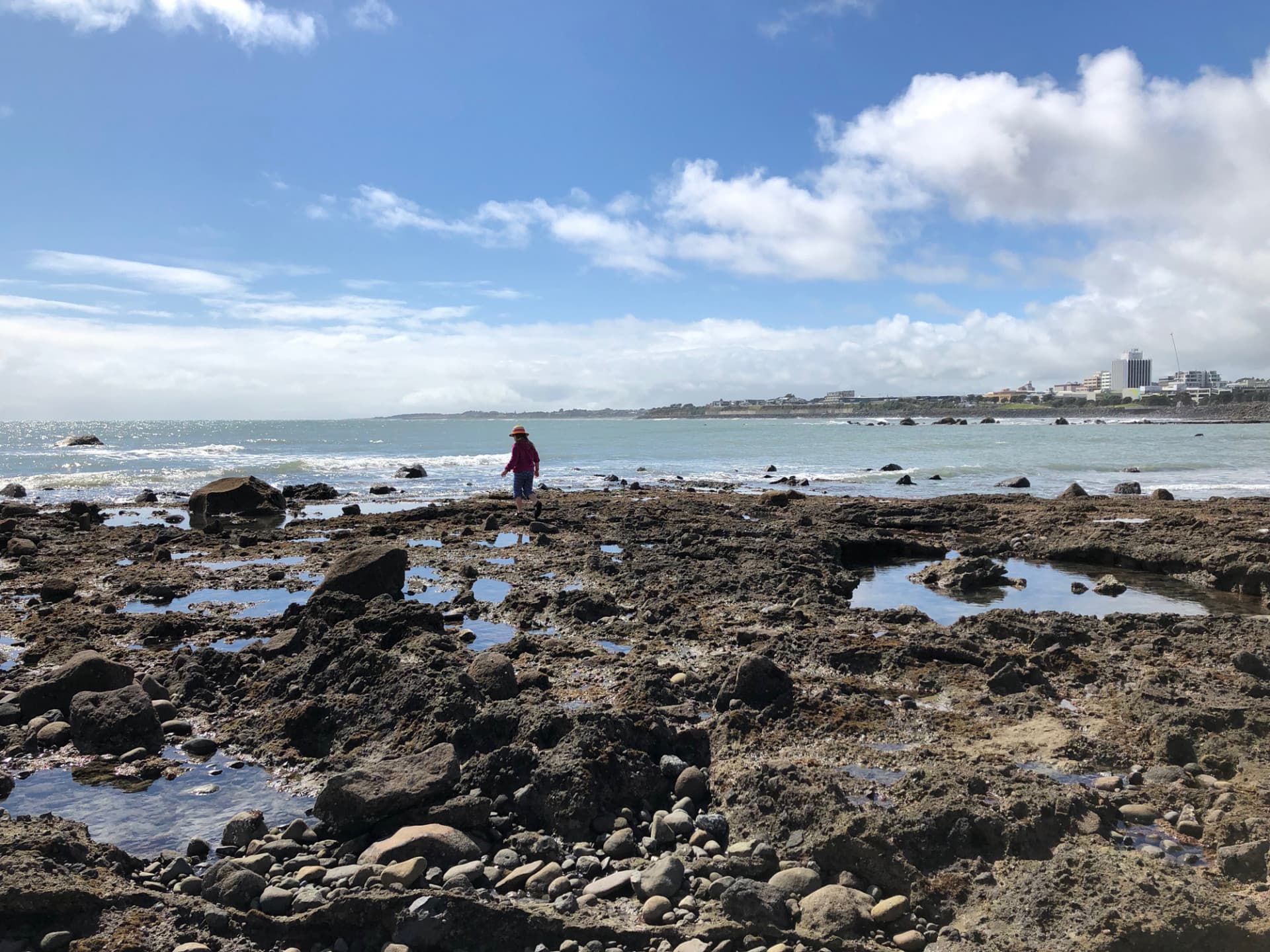

We identified the best ways to involve interested parties in decision-making about the governance and management of marine environments.
| Project Leader | Duration | Budget |
|---|---|---|
| Paula Blackett (NIWA) & Richard Le Heron (University of Auckland) | April 2016 – June 2019 | $1,310,000 |
In Aotearoa New Zealand and internationally, there is a move towards using collective or ‘participatory’ decision-making in marine resource management.
Our research found that people participate in decisions about the marine environment in different ways depending on the opportunities available. For example, community groups and initiatives tend to form when a problem is local and can be solved with local actions and resources. Activist groups tend to appear when a group cannot affect change on their own and need to involve others to make change happen. Others participate through complex collaborative processes established and led by a central or local government agency. Each of these ways of participating are set against a complex backdrop of institutions, relationships, contested multi-uses, and existing positions, rights and aspirations.
The range of ways in which participation occurs and the different scales at which it happens means that there is no single recipe to follow to ensure success. However, we have identified several factors which are important:
This project has produced or contributed to:
